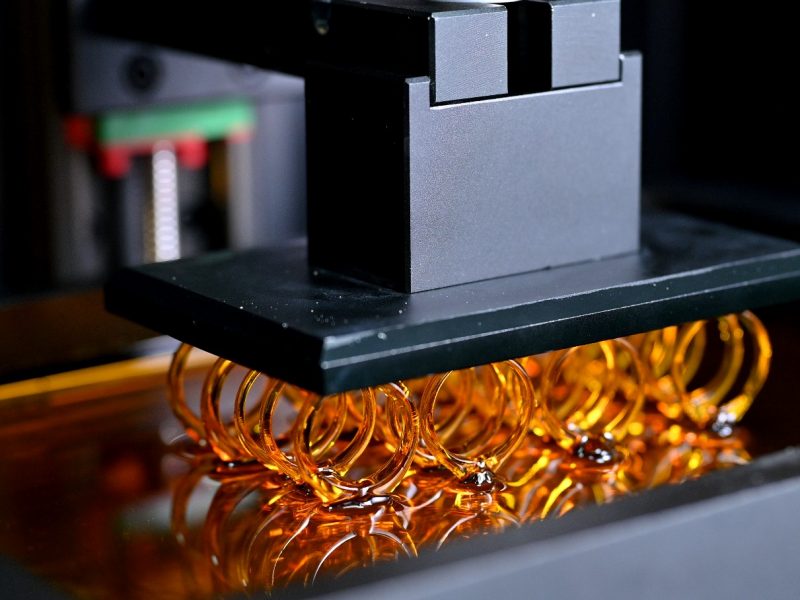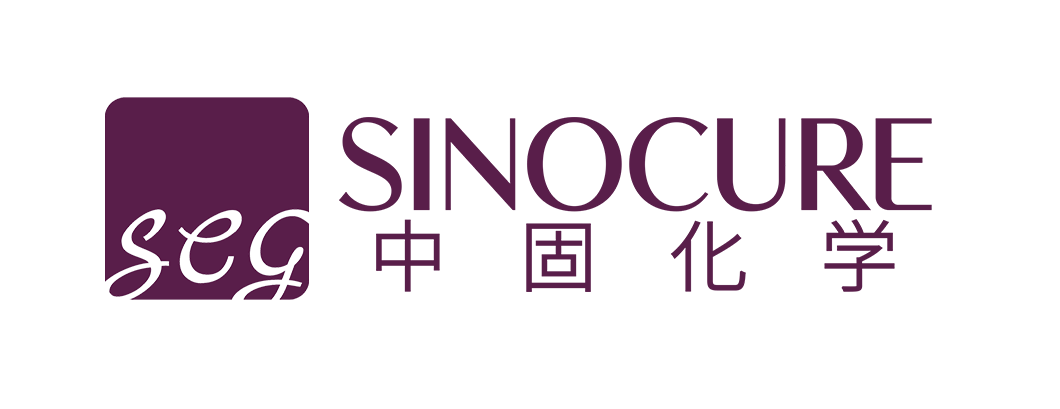
UV photosensitive resins for 3D printing/additive manufacturing can be cured rapidly under UV irradiation. Like all chemicals, UV photosensitive resins must be handled in a safe and secure manner. This instruction manual is a general guide for handling UV photosensitive resins (or photopolymers) for 3D printing, such as stereolithography (SLA), digital light processing (DLP), and UV inkjet printing.
Then let’s take a look at the specific steps of using UV-cured 3D printing resin.
Safety Data Sheet
Suppliers of UV photosensitive resins should provide Safety Data Sheets (SDSs) as the main document for the user’s safe operation.
3D printers have built-in safety features designed to prevent operator exposure to uncured photosensitive resin and UV light. Do not attempt to change or disable these features.
use personal protective equipment
Wear suitable chemical resistant gloves (nitrile or neoprene) – do not use latex gloves.
Wear UV protective glasses or goggles.
Wear a dust mask when sanding or finishing parts.
General administrative procedures to be followed during installation
Avoid placing the 3D printer on the carpet, or use a fence to avoid damaging the carpet.
Do not expose UV photosensitive resins to high temperatures (110°C/ 230°F or above), flames, sparks or any ignition source.
The 3D printer and uncured cork resin should be stored in a well-ventilated area.
If the UV photosensitive resin is contained in a sealed cartridge, carefully inspect the cartridge before loading it into the printer. Do not use leaking or damaged ink cartridges. Dispose of leaked or damaged ink cartridges in accordance with local regulations and contact your supplier.
If the UV photosensitive resin is stored in a priming bottle, be careful when pouring the liquid from the priming bottle into the printer tank to avoid spills and drips.
Contaminated tools should be cleaned first, then cleaned with window cleaner or denatured or isopropyl alcohol, and finally washed thoroughly with soap and water.
After printing
Wear gloves to remove parts from the printer.
Clean printed parts before post-curing. Use a solvent recommended by the manufacturer, such as isopropyl alcohol or rubbing alcohol.
Post-cure with manufacturer’s recommended UV light. The parts should be cleaned before post-curing, and the cleaned parts should be directly touchable with bare hands.
Make sure that all 3D printed parts are UV irradiated and thoroughly post-cured after forming, as recommended by the printer manufacturer.
Personal Hygiene Guidelines
Eating, drinking or smoking is prohibited in the work area. Remove jewelry (rings, watches, bracelets) before handling uncured photosensitive resin.
Avoid direct contact of any part of your body or clothing with photosensitive resin or surfaces contaminated with it. Do not touch the photosensitive resin without wearing protective gloves, and do not allow the resin to come into contact with your skin.
After the procedure, wash your face, hands or any part of your body that may come into contact with the photosensitive resin with cleanser or soap, do not use solvents.
Remove and wash contaminated clothing or jewelry; do not reuse any contaminated personal items until they have been thoroughly cleaned with detergent. Please discard contaminated shoes and leather goods.
Clean work area
Photosensitive resin spills, clean up immediately with an absorbent cloth.
Clean any potentially touched or exposed surfaces to prevent contamination. Wash with window cleaner or denatured or isopropyl alcohol, then wash thoroughly with soap and water.
Learn about first aid procedures
If the photosensitive resin gets into the eyes and contacts the skin, rinse the affected area thoroughly with plenty of water for 15 minutes; rinse the skin with soap or plenty of water, and use a waterless cleanser if necessary.
If skin irritation or rash occurs, seek qualified medical attention.
If accidentally ingested, do not induce vomiting, seek medical attention immediately.
Disposal of photosensitive resin after printing
Thoroughly cured resins can be processed with household items.
Incompletely cured photosensitive resins can be exposed to sunlight for several hours or cured by UV light irradiation.
Partially cured or uncured photosensitive resin waste can be classified as hazardous waste. Please check the chemical waste disposal regulations of the country or province where you are located, and dispose of it in accordance with the corresponding management regulations. Do not pour it directly into the sewer or water supply system.
Materials containing photosensitive resins must be disposed of separately, placed in sealed, labeled containers, and disposed of as hazardous waste. Do not pour them down the drain or water supply.
Proper storage of photosensitive resin
Seal the photosensitive resin in a container away from direct sunlight and store at the manufacturer’s recommended temperature storage interval.
Keep some air layer at the top of the container to prevent the resin from gelling, do not fill the entire container with resin.
Do not pour used, uncured resin back into a new resin bottle.
Do not store uncured resin in a food and beverage refrigerator.
